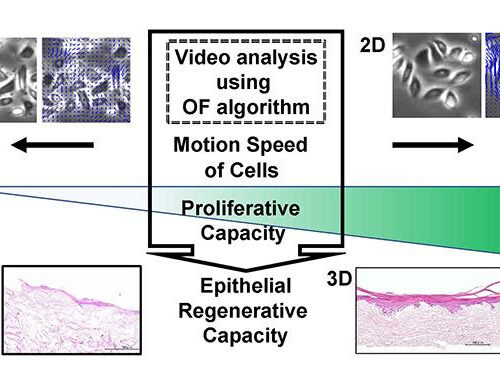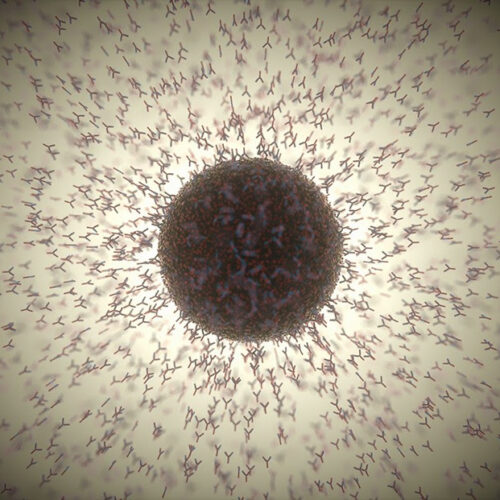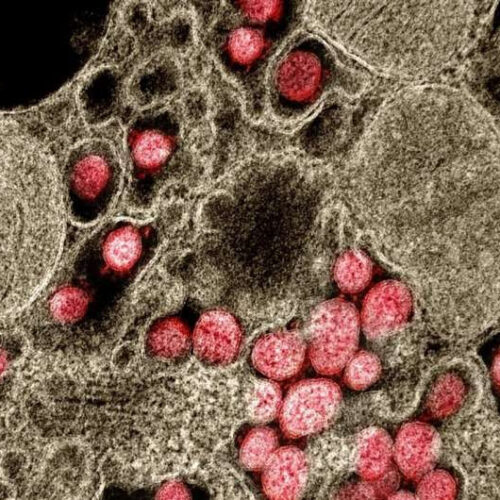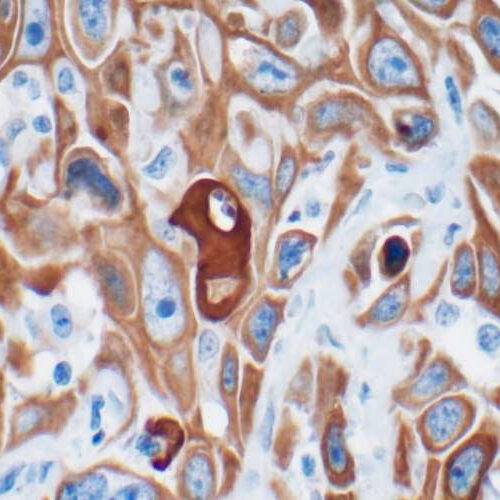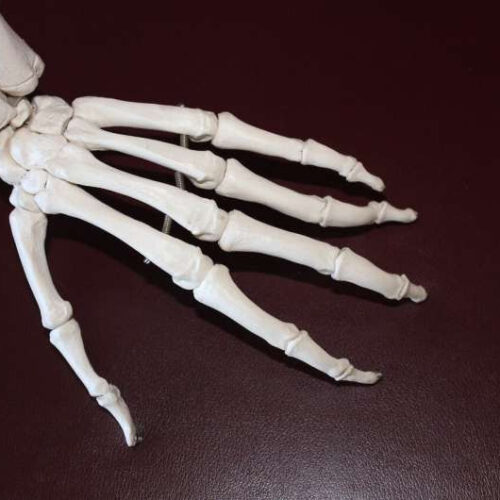NIIGATA UNIVERSITY IMAGE: The optical flow (OF) algorithm was applied to the image segmentation and analysis of first passaged (p1) oral keratinocyte cultures to assess overall cell/colony growth and motion speed. The mean motion speed (MMS) of p1 cells was monitored as an indicator of proliferative capacity, and the MMS threshold required for the transfer...
Computer simulations of the brain can predict language recovery in stroke survivors
by Boston University In a new paper published in Scientific Reports, researchers can predict language recovery in Hispanic patients who speak both English and Spanish fluently–a group of aphasia patients particularly at risk of long-term language loss–using sophisticated computer models of the brain. Credit: Fakurian Design on Unsplash At Boston University, a team of researchers is...
Antibody-laden nasal spray could provide COVID protection — and treatment
Scientists create a hybrid antibody that can sharply cut the amount of SARS-CoV-2 in the lungs of infected mice. Antibodies swarm a SARS-CoV-2 particle (artist’s impression). A bioengineered antibody can block the virus from taking hold in the lungs of mice. Credit: KTSDesign/Science Photo Library A nasal spritz of a designer antibody offers strong protection...
2-DRUG COMBO SHRINKS BREAST CANCER TUMORS
Their findings could lead to the development of a new first line targeted therapy for the treatment of triple negative breast cancer (TNBC), with the prospect of rapidly transitioning to clinical trials in humans. Breast cancer is the leading cause of cancer death in women around the world, responsible for 1,700 deaths every day. Although...
New study further advances the treatment of chronic pain
LUXEMBOURG INSTITUTE OF HEALTH IMAGE: PINWHEEL FLOWER. CREDIT: LIH Building on their previous findings, scientists from the Immuno-Pharmacology and Interactomics group at the Department of Infection and Immunity of the Luxembourg Institute of Health (LIH), in collaboration with the Center for Drug Discovery at RTI International (RTI), a nonprofit research institute, have demonstrated that conolidine,...
Analyzing tumor microenvironment at single cell level sheds light on metastatic melanoma outcomes
H. LEE MOFFITT CANCER CENTER & RESEARCH INSTITUTE TAMPA, Fla. — There are several new treatment options available for patients with advanced melanoma. While these therapies have greatly improved the prognosis for patients, each person can respond to the treatments differently. Treatment of melanomas that have spread to the central nervous system is especially challenging. In a...
Many COVID-19 patients produce immune responses against their body’s tissues or organs
by University of Birmingham Transmission electron micrograph of SARS-CoV-2 virus particles isolated from a patient. Credit: NIAID A University of Birmingham-led study funded by the UK Coronavirus Immunology Consortium has found that many patients with COVID-19 produce immune responses against their body’s own tissues or organs. COVID-19 has been associated with a variety of unexpected symptoms,...
New non-invasive test can detect bladder cancer
by Stony Brook University Microscopic image showing brown, antibody-based staining of keratin 17 (K17) in bladder cancer. Credit: Shroyer Lab, Stony Brook University A novel urine screening test that uses a protein, keratin 17 (K17), as a cancer biomarker reveals the test detects the presence of new or recurrent cases of bladder cancer. The methodology behind...
Researchers discover potential new approach to treating psoriatic joint inflammation
by UC Davis Credit: CC0 Public Domain An international team of researchers, led by UC Davis Health, has developed a new therapeutic approach to treating psoriatic arthritis, a chronic inflammatory disease affecting the joints. Using a novel chemical blocker targeting chemokine proteins, the researchers were able to significantly reduce skin and joint inflammation in a mouse model with psoriasis and psoriatic...
Gene protection for COVID-19 identified
by Newcastle University FIGURE 1 The relationship between latitude and allele frequency of HLA-DRB1*01:01 in 151 populations from around the world. Spearman rank correlation r = .609, P ≤ .001 The first evidence of a genetic link explaining why some people who catch COVID-19 don’t become sick has been discovered. A scientific and medical team led by Newcastle University, UK,...

